 | | | Collecting and preserving meteorites since 1998. |
| |
|  |
|
|
On July 18, 2011, a fireball was witnessed near a town called Tata, in Morocco. Sonic effects were heard by the sparsely populated locals, but the fireball terminated over a remote and desolate valley. Meteorite hunters set out, but they found nothing for several months. That November, some 140km from the town, the first stones from the fall were found. Approximately 12-14 kilograms of fragments and individuals have been recovered. Many of the larger stones shattered upon the remote mountainsides where they fell, but some survived.
The meteorite was soon classified as an olivine-bearing phyrric shergottite. It is highly shocked and contains numerous glassy black pockets of melt and shock veins.


A 268 gram oriented individual.
Visually speaking, this material is incomparable to any other non-Antarctic martian meteorite. It consists of a fine-grained matrix with abundant pale green olivine phenocrysts and networks of black shock-veins and pockets of melt.
Some scientists have reported that traces of life may have been found within this meteorite, but such claims are very much open to debate. As a pristine sample of Mars, however, it is certain that this meteorite will be subject to intense study for years to come.
The below individual has sold: please send an email if interested in others, larger or smaller. Additional specimens will be listed soon.
27.103 gram oriented individual - sold
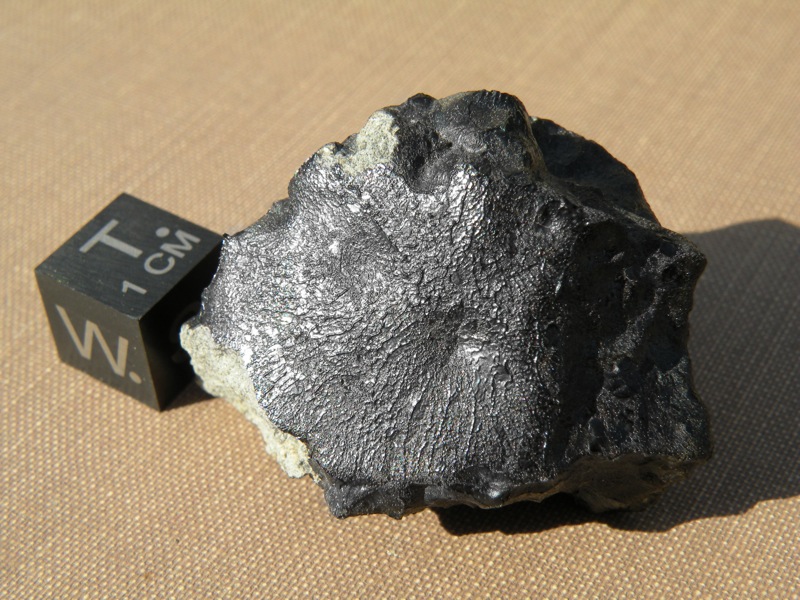 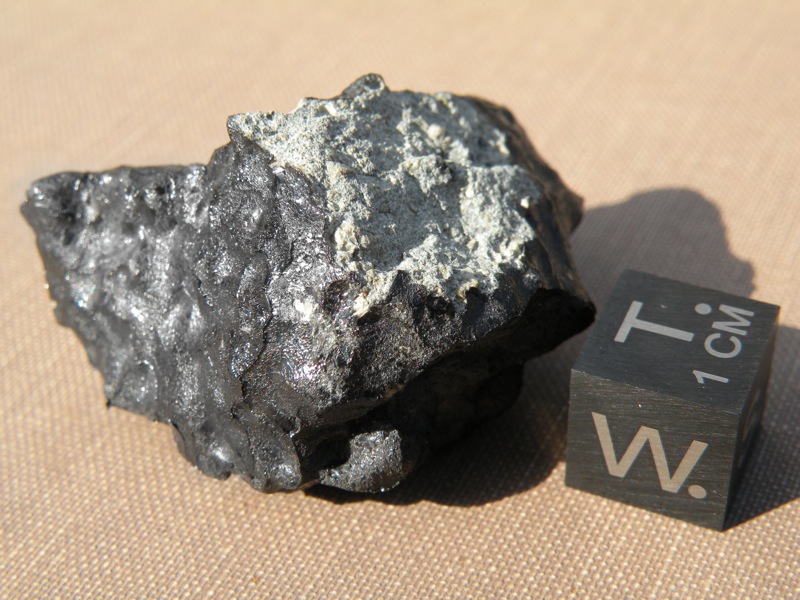
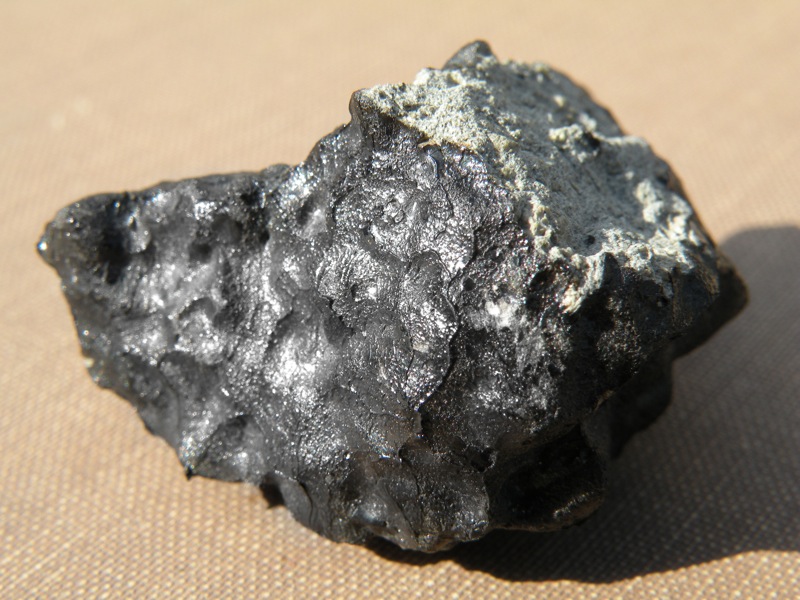

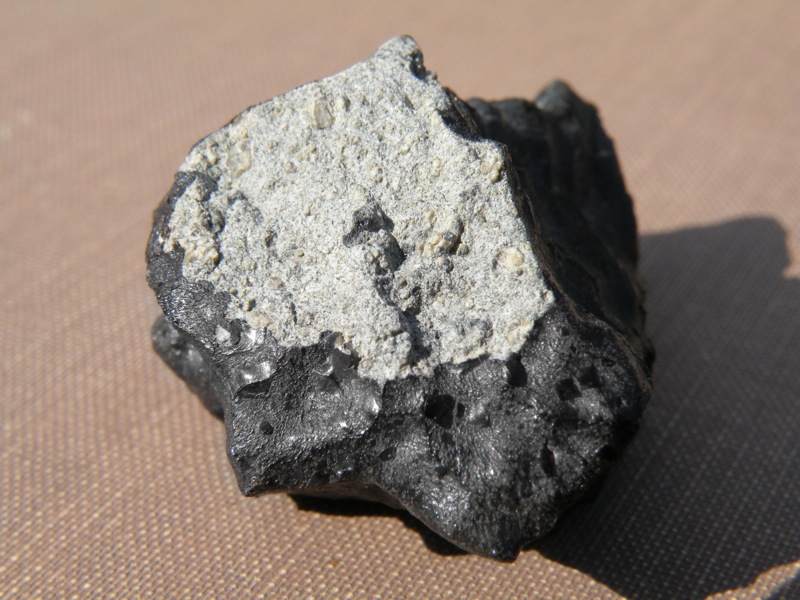
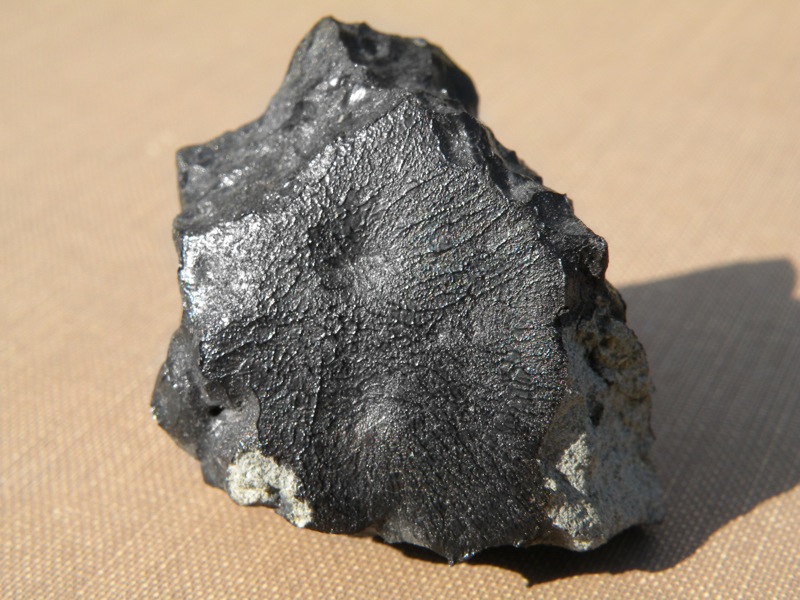
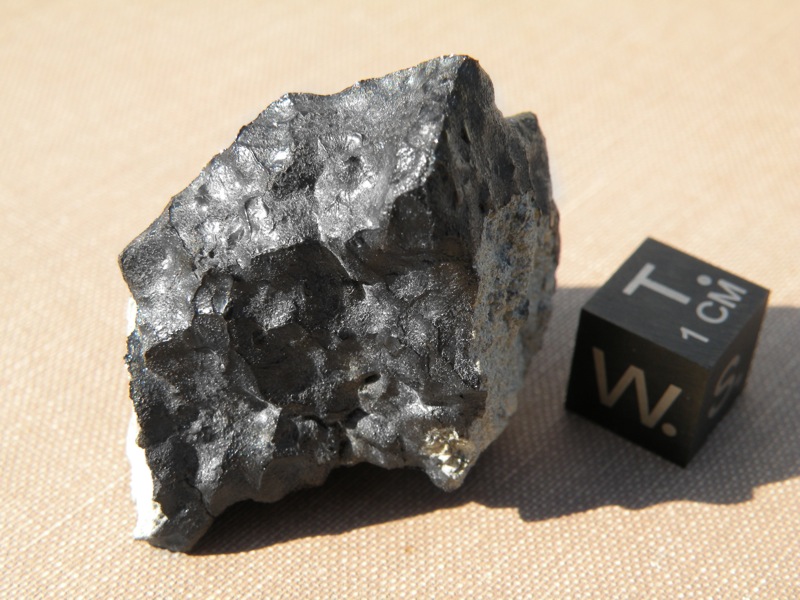
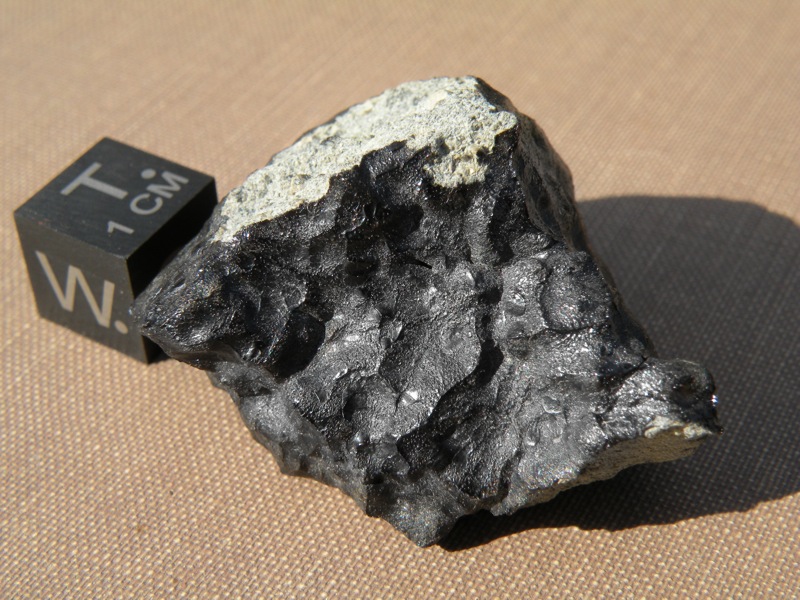
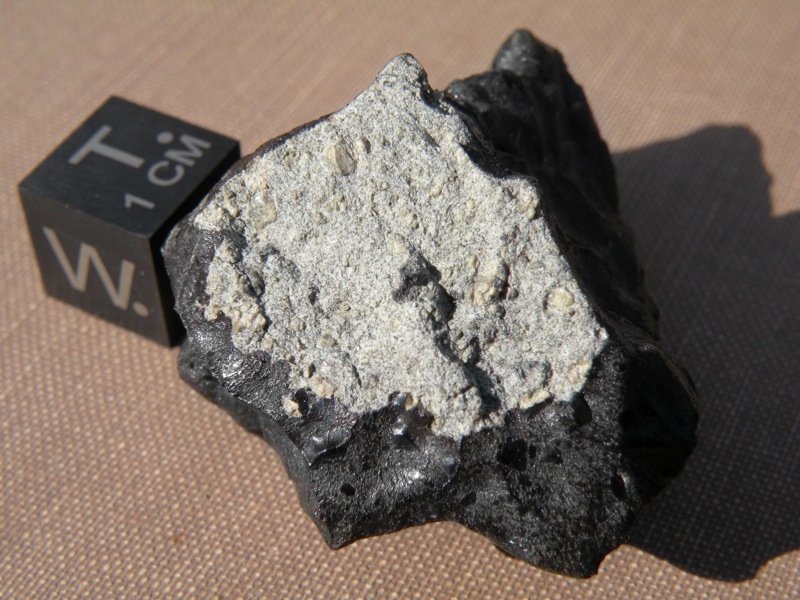
This stone is ~80% fusion-crusted with primary and secondary crust. Great olivine phenocrysts visible in the interior. The stone shows no signs of weathering whatsoever and is a museum-quality example of a martian meteorite. Stunning flow-lines, some shock features visible in the interior.
27.103 grams - sold |
| | |
|
